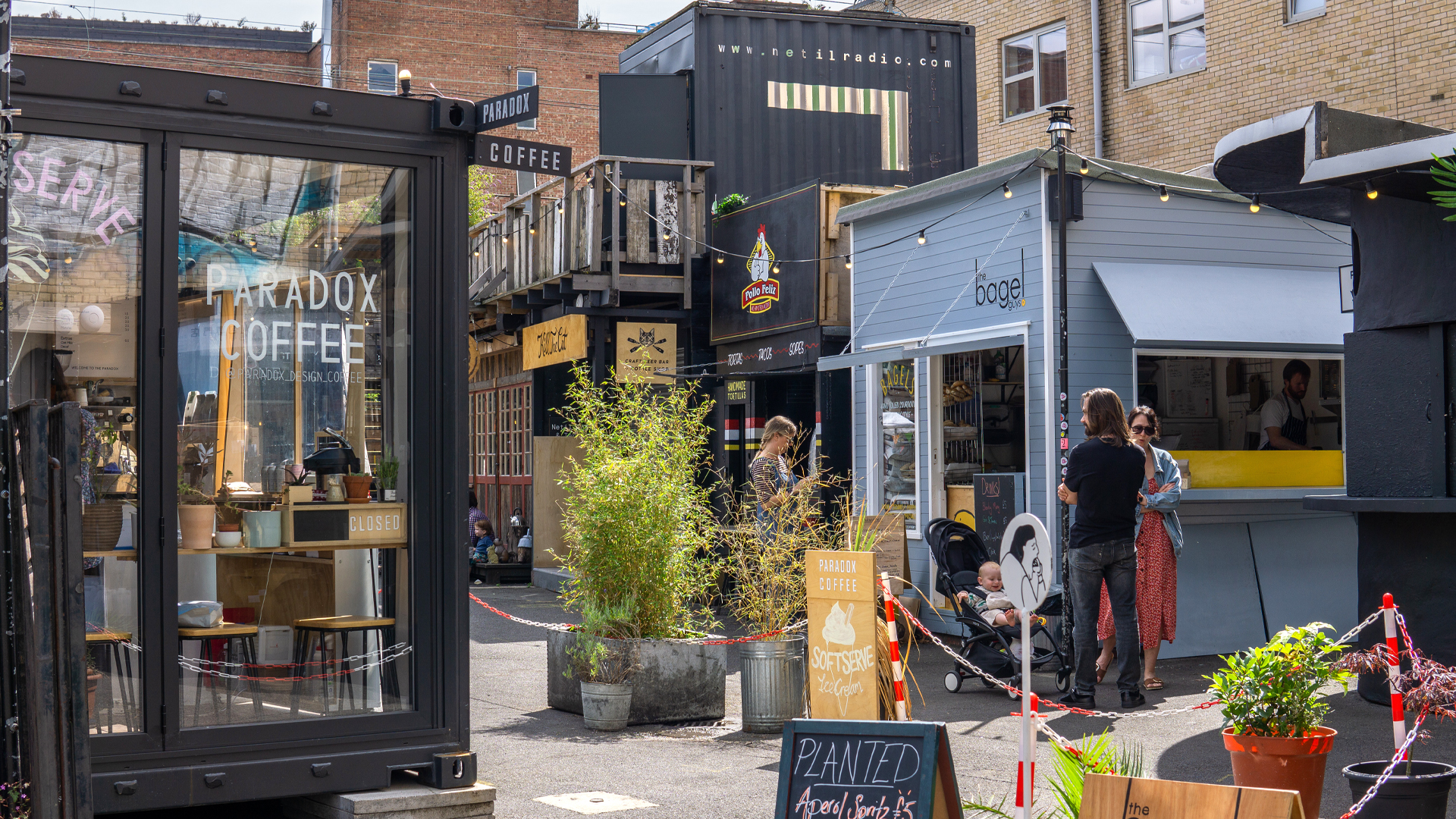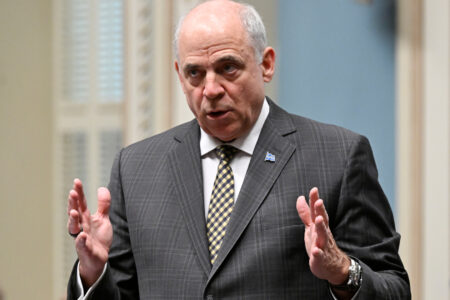
Commercial activities are the engine of an economy and the backbone of socially vibrant communities. The impacts of the COVID-19 global pandemic on the retail sector are devastating, especially for small businesses in urban centres, gentrifying neighbourhoods, less-privileged areas and downtown main streets in predominantly rural areas. Even before the pandemic hit, many vacant retail spaces and “for lease” signs were distinctly visible in some of these business clusters. In any neighbourhood, empty storefronts indicate declining activities, reduce aesthetic appeal, increase safety concerns and discourage walk-by traffic.
How can we revitalize these business districts and rebuild the economy of our towns and cities? Pop-up shops – temporary stores that “pop up” for a few hours, days or months – can offer a relatively low-cost solution. The “here today, gone tomorrow” feature has a unique appeal for customers.
The global pandemic has created unique opportunities for pop-up retail to blossom across Canada. Pop-ups these days tend to concentrate primarily on food and restaurants in outdoor spaces (empty parking lots and patios), in contrast to the focus on fashion-related products in malls and stores before the onset of the pandemic.
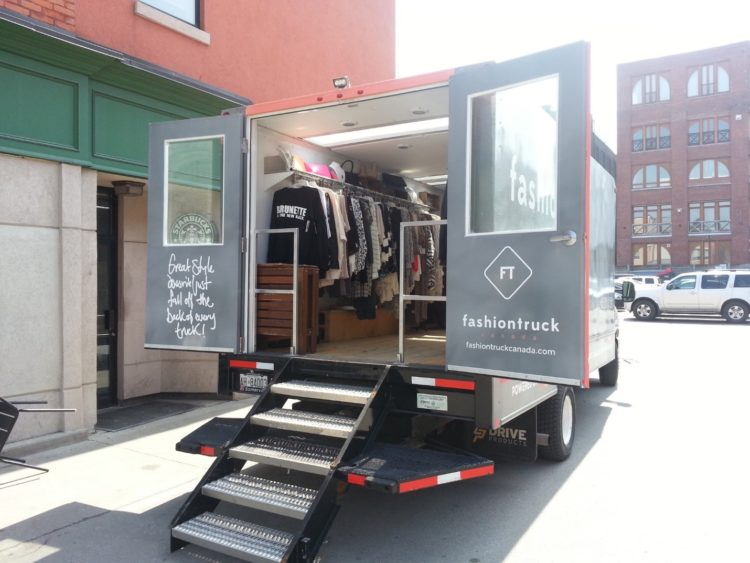
Leveraging pop-up shops for community revitalization requires the efforts of many stakeholders, such as Business Improvement Areas (BIAs), landlords, property managers, civic leaders and retail entrepreneurs. How can various stakeholders play an active role, and what are the challenges?
Recommendations for action
A Retail Main Streets study led by the City of Toronto offers many proposals in this regard. Its recommended framework for action includes providing assistance for small businesses, property tax reform and community economic development. One example is a “small business advocate” to serve as a point of contact between city hall and small businesses. The advocate would also provide one-on-one assistance with navigating city rules, policies and regulations, as well as acting as a liaison for other units in city hall to develop strategies to better service small businesses. Another concrete example of helping small businesses control their operating costs would be for cities to continue to cap annual property tax increases.
The pandemic has made it a priority to nurture innovation and address vacancy levels. One initiative focuses on cultivating and financially supporting digital and technological innovations to enable businesses to survive and grow, while ground-level vacancy-rate challenges can be addressed by establishing a web portal for listing commercial leasing opportunities and BIA-organized pop-up retail programs. All of these action items are critical for main street retail (including pop-up shops) to sustain and prosper post-pandemic.
One critical stakeholder affecting pop-up success is landlords. Naturally, commercial property landlords prefer long-term tenants and resist the idea of short-term pop-up leases. How to pitch to a landlord the idea for a short-term lease is discussed in the 2018 edition of the open-access book Pop-up Retail Strategies in an Omnichannel Context. It was written by a group of retail researchers and practitioners (including this author) and provides many valuable tips. In a nutshell, entrepreneurs need to be able to convince landlords of the benefits beyond rent. For example, increased street traffic provides publicity and exposure to entice long-term tenants. Pop-ups can make store spaces more aesthetically pleasing and easier to rent, and they may help potential long-term tenants visualize the space as an operating store.
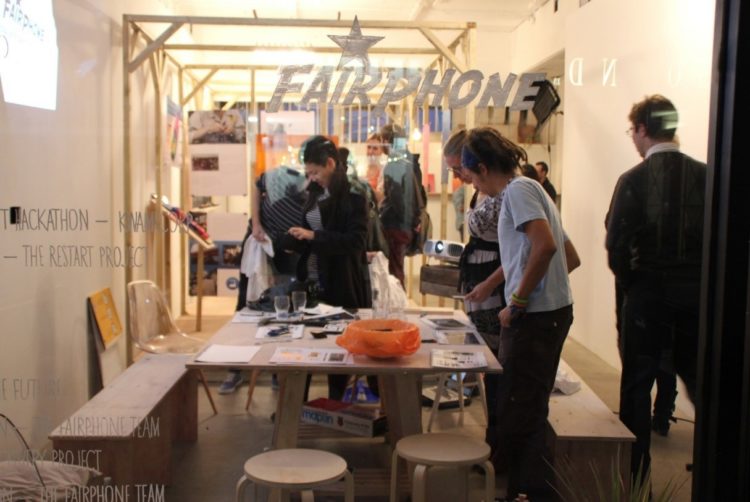
Challenges and opportunities
Before life returns to normal, pop-up operations must address the challenges of limited space and maintaining social distancing. In addition to following public health guidelines, pop-up retailers can utilize technologies to enrich the shopping experience and streamline traffic flow within the indoor environment. For example, they can promote products via digital screens onsite and/or social media, and provide product ordering information via QR codes for online/mobile ordering outside the store.
Pop-up retailers should consider an area’s demographics when setting up their store layout. Racetrack layouts are common because they ensure that the customer can easily browse the entire store. For pop-up shops, the most robust marketing channel is usually social media. Additionally, pop-up retailers can connect with new customers as they come in by asking them to follow the store’s social media pages and channels. The main client base for main street pop-up retailers comes from the local community, friends and online customers. Creating buzz around the pop-ups via social media, email lists, flyers, signage and word of mouth can also help draw traffic from outside the local area.
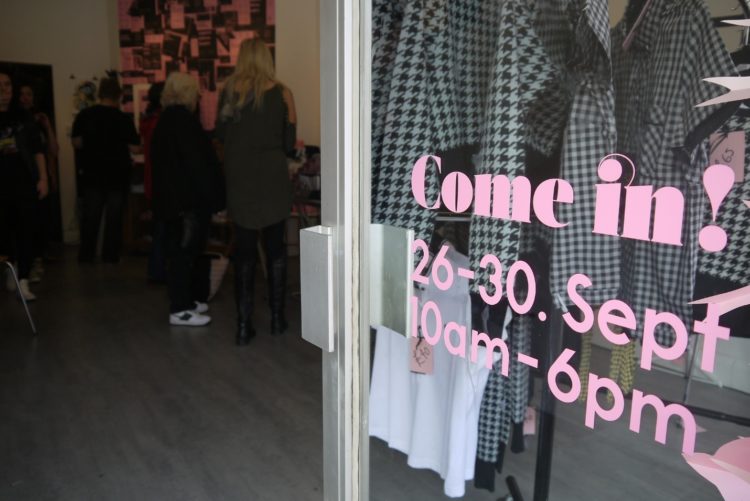
Point of sale (POS) systems and Wi-Fi can be difficult to establish as a service interface because they conflict with the short-term nature of pop-up shops. Retailers can use data hot-spotting from cell phones to run Wi-Fi in the store, and handheld POS systems such as Square or existing online store-payment systems.
For a heightened temporal retail atmosphere, products offered by pop-up retailers usually are locally made artisanal products and unique products not sold by other retailers in the area. Due to the short-term nature of the pop-up shops, products need to be overstocked and readily available, and usually focus on customers’ immediate needs such as gifts, current seasonal merchandise and everyday items. Oy’s joys micro bakery’s pop-up shop offering old-fashioned baked goods right off its production site is an excellent example. Another popular pop-up shop offering is entertainment-themed, such as Toronto’s Metallica pop-up shop.
Pop-up shops can create more foot traffic in an area as their customers explore a new retail mix. However, sales can be impacted by many situational factors, such as weather, season and the day of the week. For example, sales volumes vary drastically before and after the Christmas and New Year’s holidays, and there is more foot traffic in the warmer months of the year. Weekends have significantly more foot traffic than weekdays, but weekday mornings and after-school times also have heavy foot traffic as many consumers drop off and pick up kids from school. As a result, research in the pop-up area, such as traffic count, and demographic and psychographic profiling, should be a first step in the planning process.
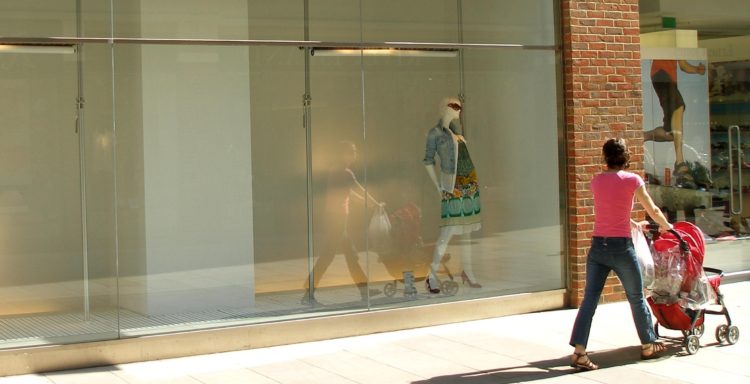
The COVID-19 pandemic has in many ways changed our lives and how businesses operate. While the long-term economic and health impacts are still to be seen, business communities have shown impressive resiliency in the face of a global crisis. Some small retailers have expanded their digital presence to connect with local shoppers. Square reveals that 61 per cent of Canadian businesses are selling online, up from 41 per cent pre-pandemic. Others have turned to innovative activations, evidenced by pop-up markets in Vancouver, Calgary and Edmonton.
Some observers say pop-up retail was made for the pandemic and can serve as a powerful path for regions to reopen. The time is now for policy-makers, business community leaders and other stakeholders to support and facilitate pop-up shops as they contribute to economic recovery, reduce storefront vacancy rates, promote local shopper engagement and attract new business concepts in the journey toward community revitalization and prosperity.
This article is part of the Reshaping Canada’s Cities After the Pandemic Shockwave special feature.




